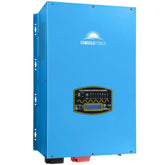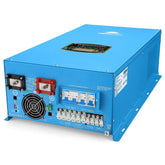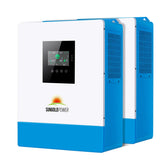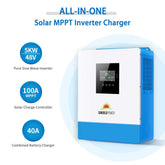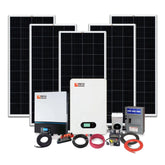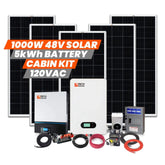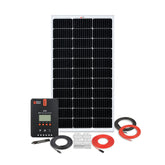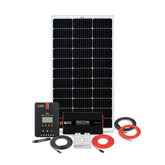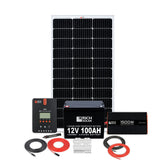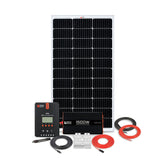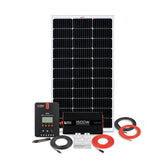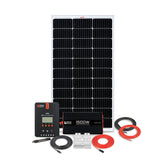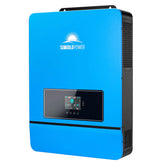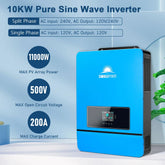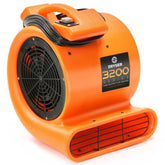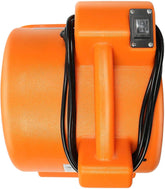Get In Touch +1 (888) 575-2099
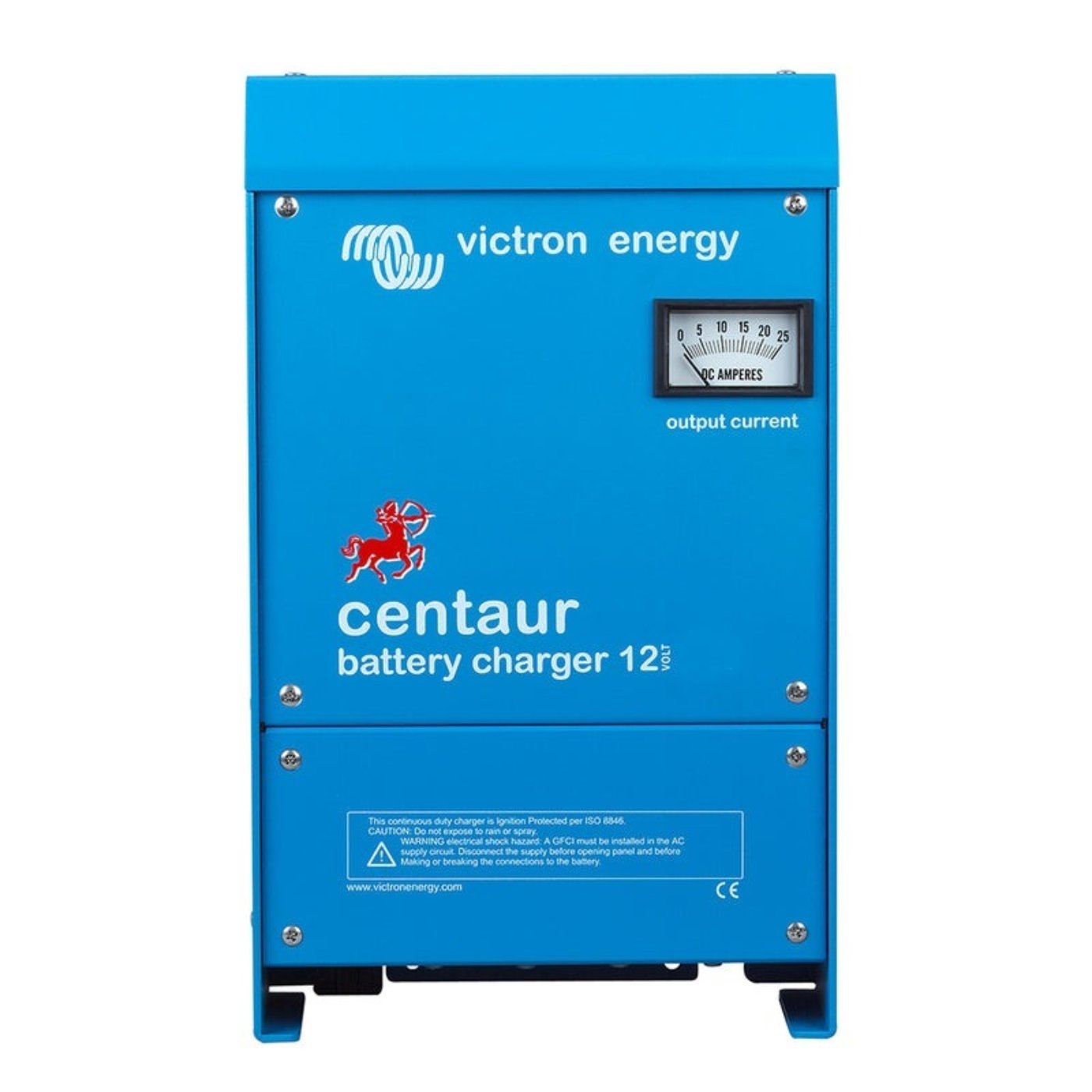
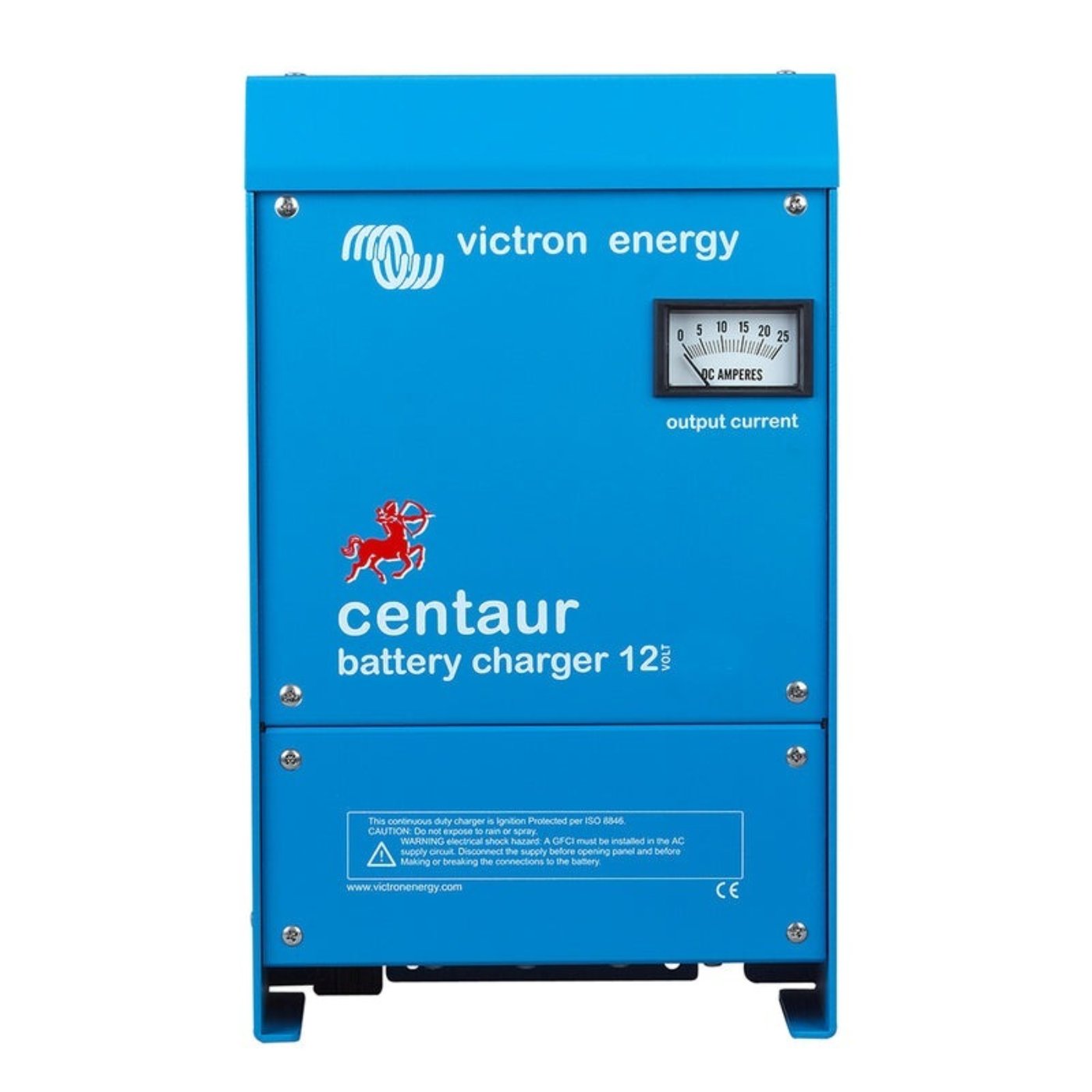
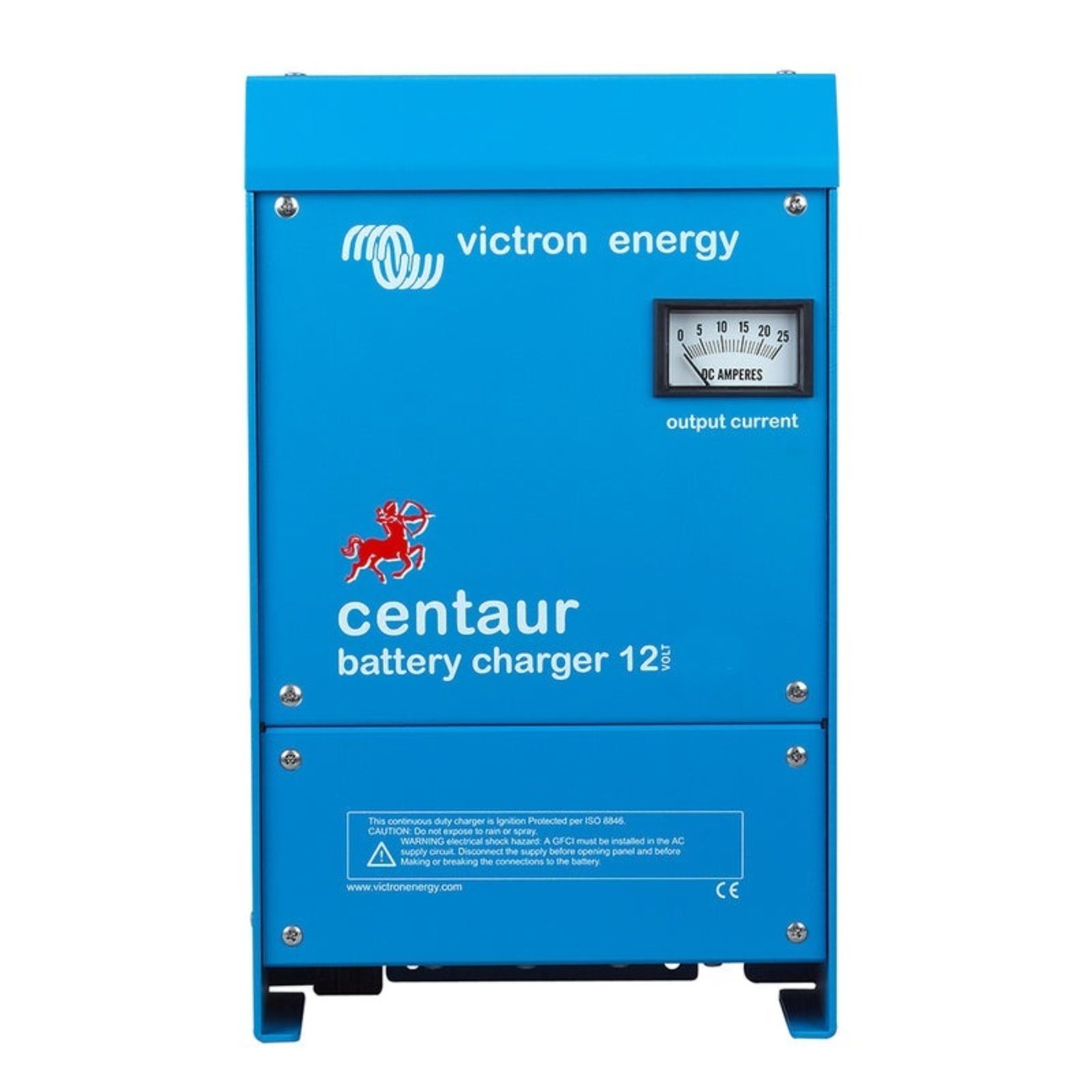
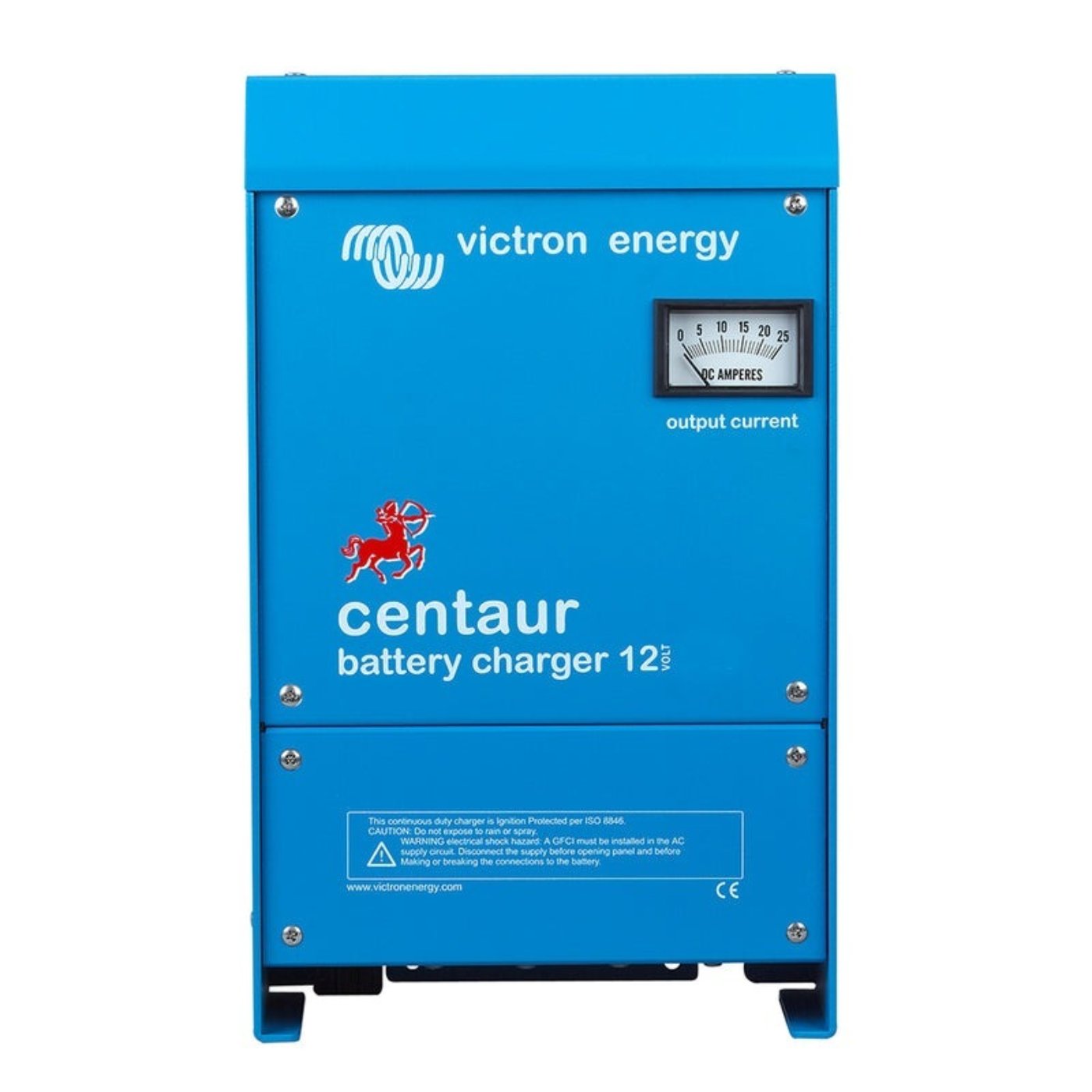
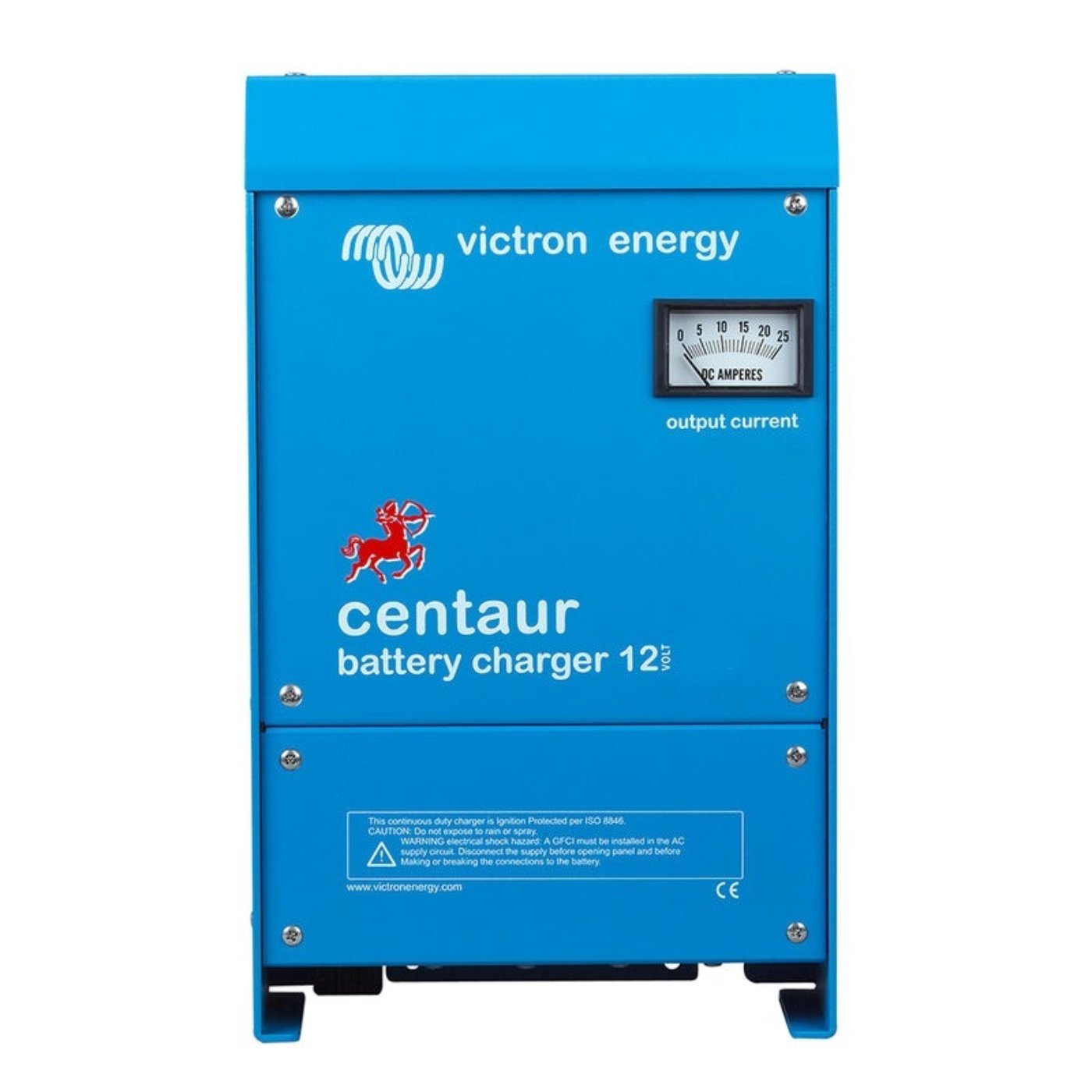
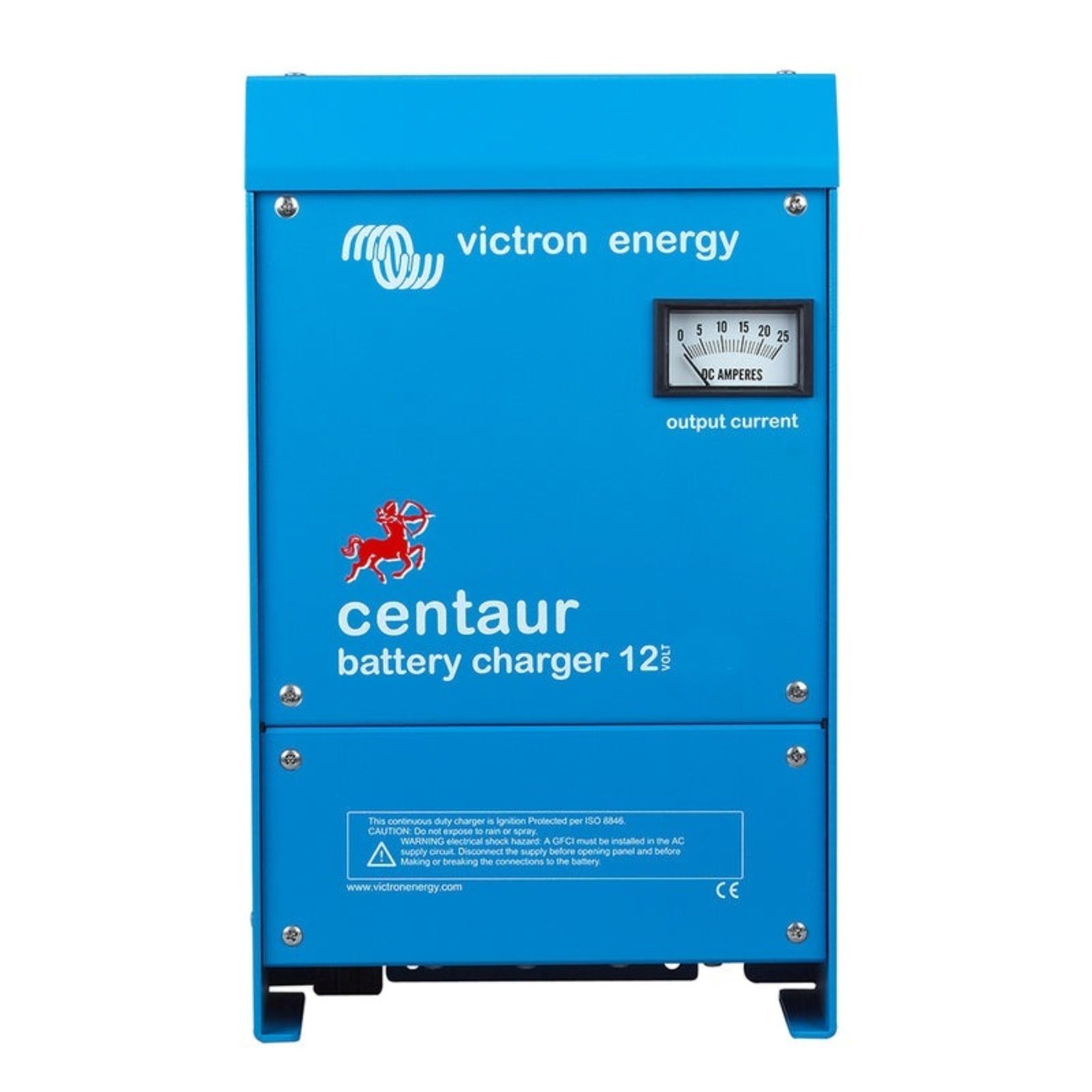
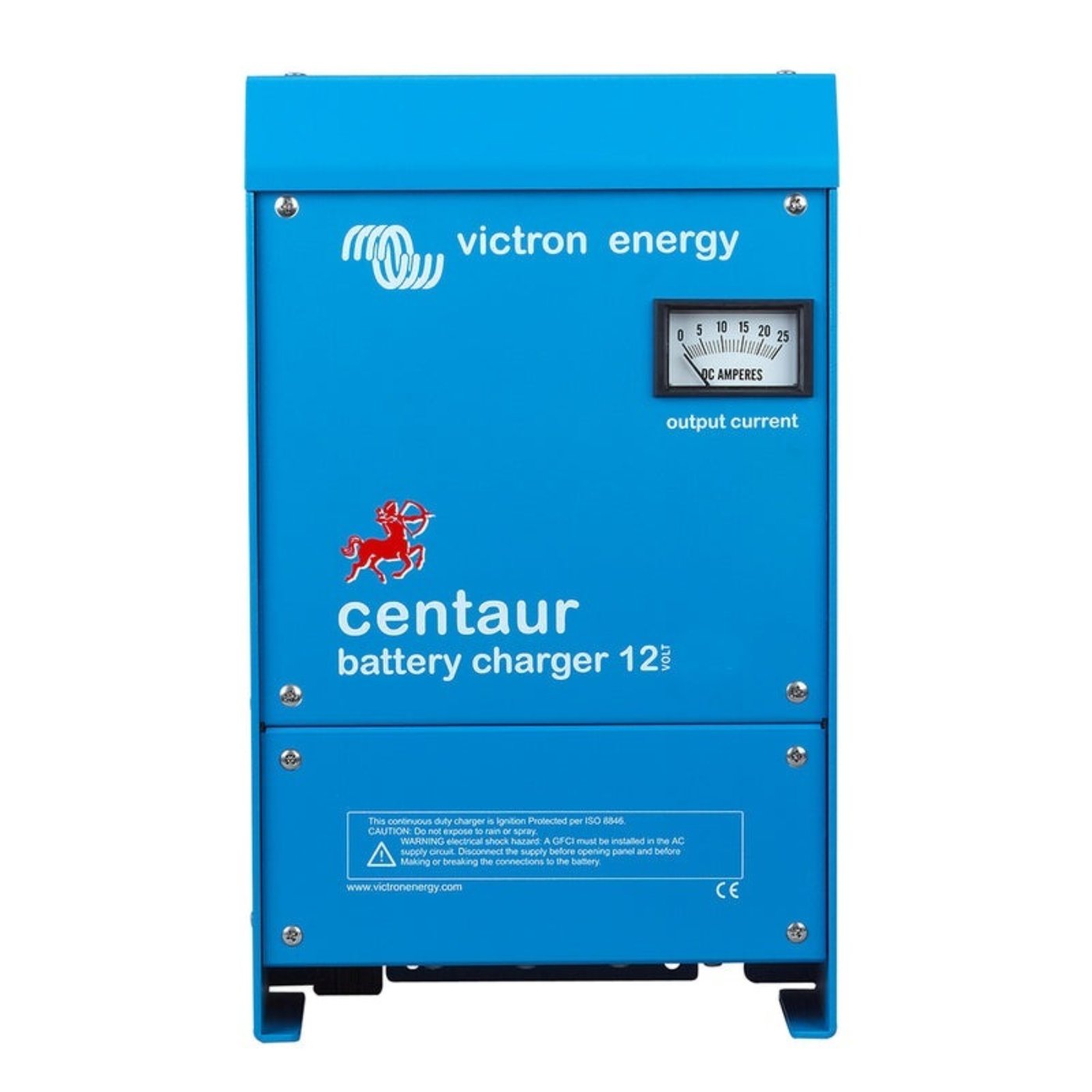
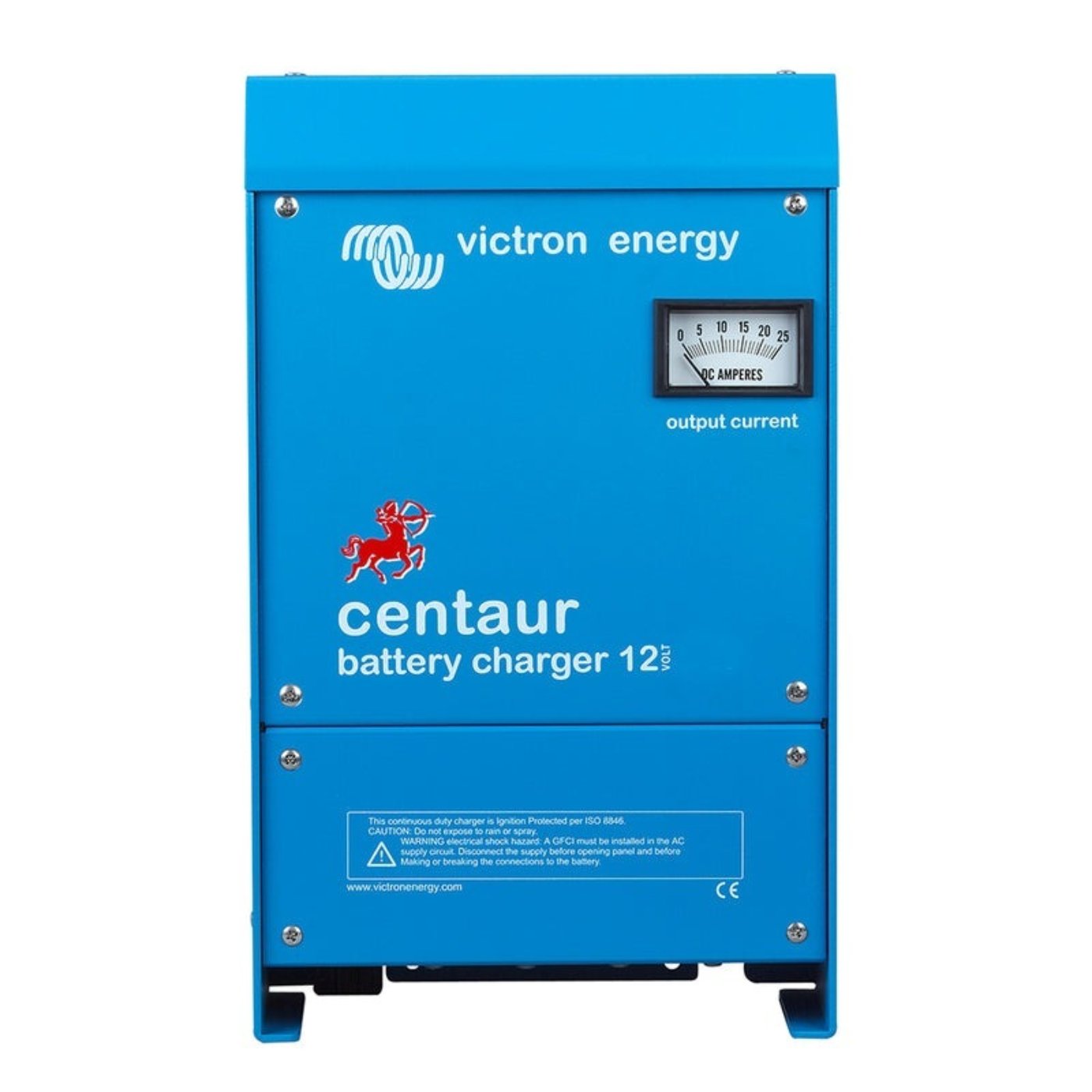
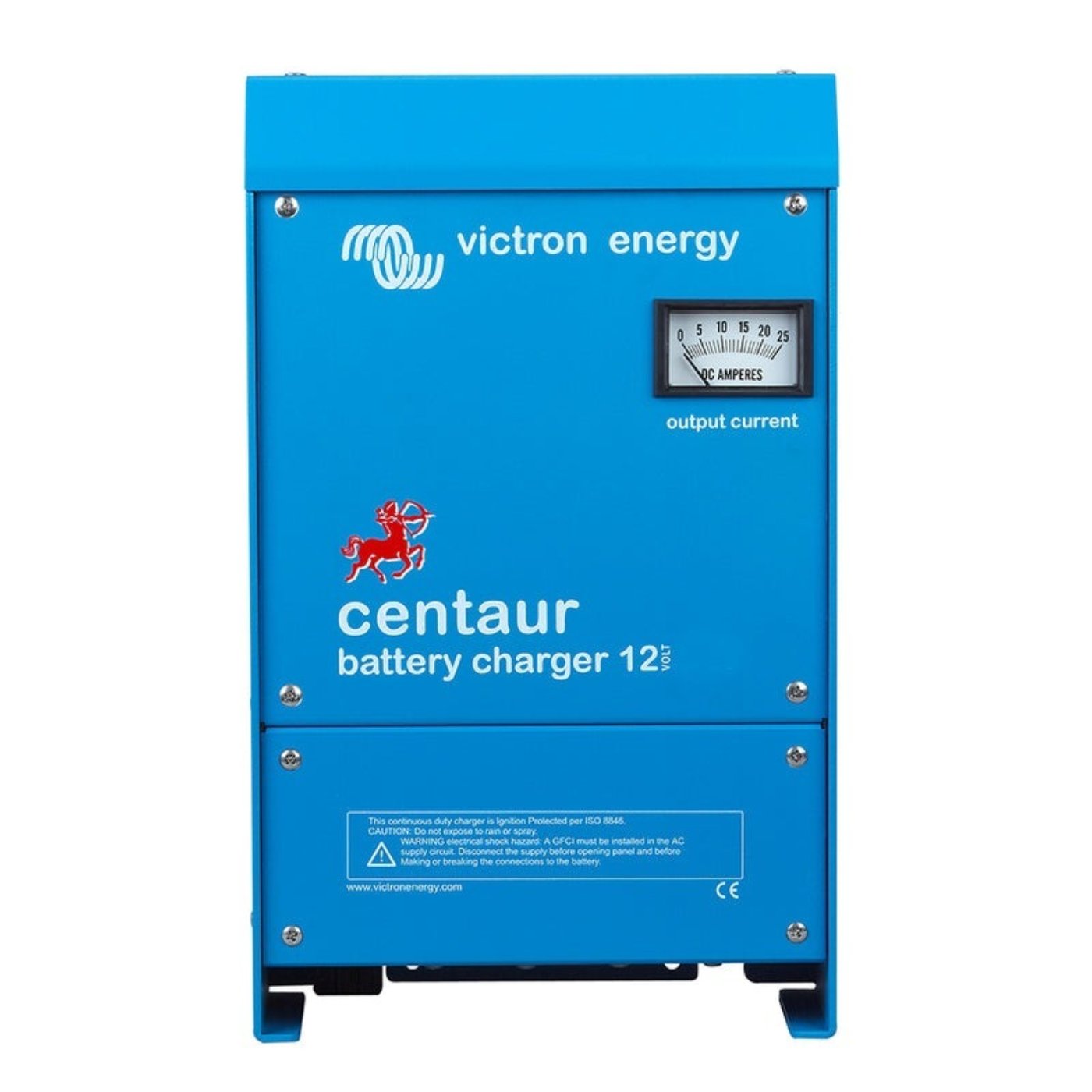
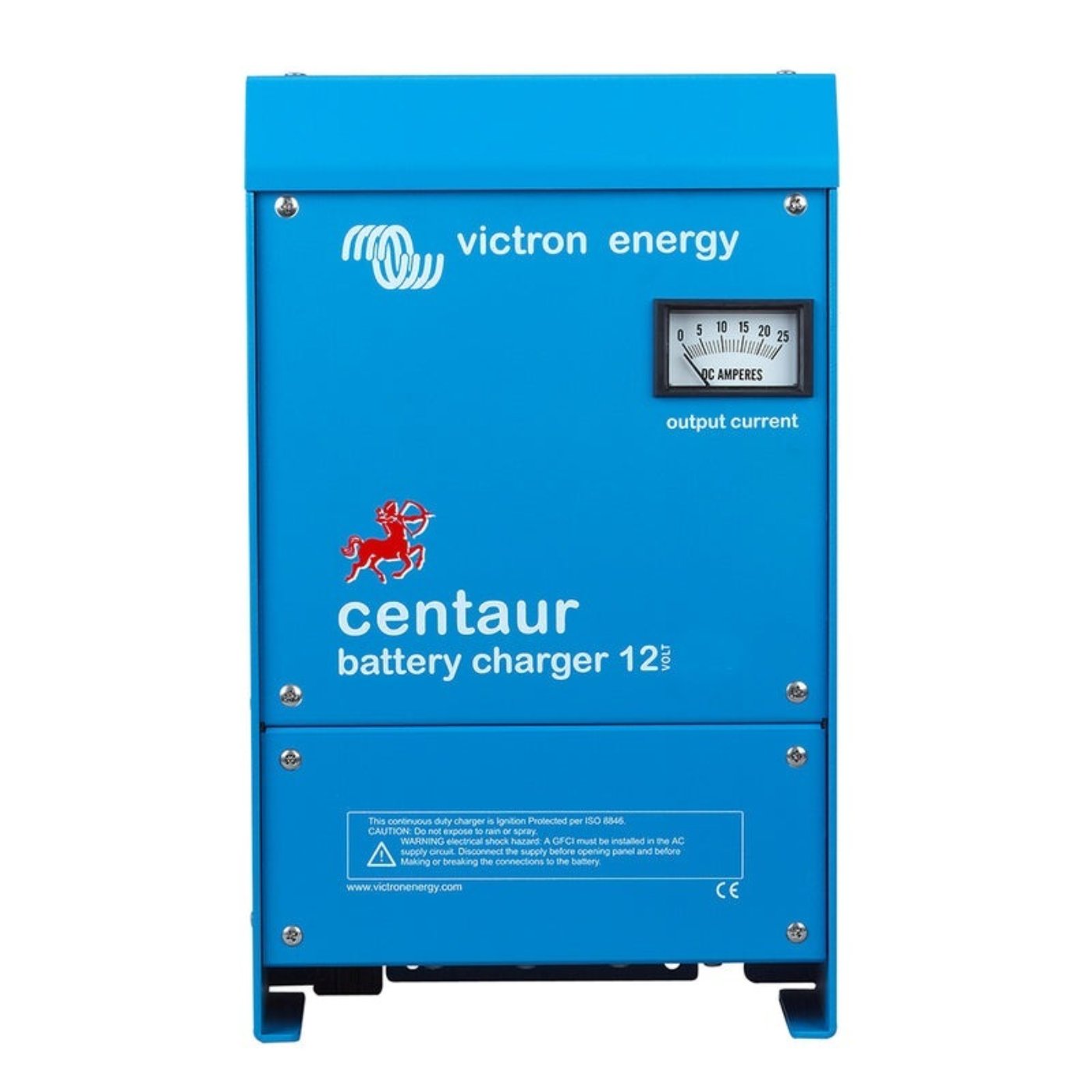
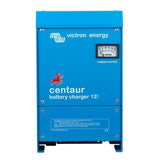
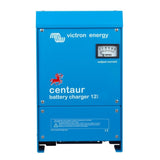
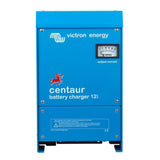
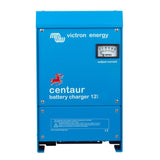

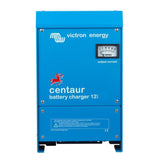
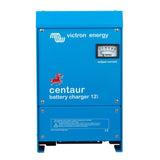
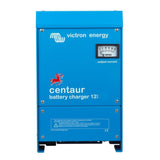

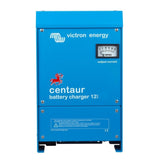
Victron Energy Centaur Charger - 12 VDC - 80AMP - 3-Bank - 120-240 VAC - CCH012080000 - CW82832
- $845.75
$995.00- $845.75
- Unit price
- per

Expert Support,
Dial +1 (888) 575-2099

Limited Supply,
grab it before it's gone.

Lowest prices,
As low as possible.

All Items are brand New,
Never used.
Recently Viewed Products
Victron Energy Centaur Charger - 12 VDC - 80AMP - 3-Bank - 120-240 VAC - CCH012080000 - CW82832
The Centaur Charger delivers uncompromising quality and durability, designed to excel in harsh environments. Its robust aluminium epoxy powder-coated case with a drip shield and stainless steel fixings ensures resilience against heat, humidity, and salt air. The circuit boards are coated with acrylic to provide maximum corrosion resistance, and integrated temperature sensors monitor power components, adjusting the output current as needed to prevent overheating under extreme conditions. This charger operates efficiently across a wide input voltage range of 90-265V AC and is also compatible with a 90-400V DC supply, making it versatile for various power sources without requiring manual adjustments.
Equipped with three isolated outputs, the Centaur Charger can simultaneously charge up to three separate battery banks, each delivering the full rated current. It features a sophisticated three-stage charging process that includes bulk, timer, and float stages. The charger automatically switches to float mode after a 4-hour timer once the output drops to 70% of its rated amps. Temperature compensation ensures optimal charging performance by adjusting the voltage according to temperature changes, with a DIP switch allowing customization for different battery types such as Flooded Lead-acid, Gel, or AGM. This advanced design ensures reliable and efficient battery maintenance, enhancing both performance and longevity.
Features
-
Quality without compromise - Aluminium epoxy powder coated cases with drip shield and stainless steel fixings withstand the rigors of an adverse environment: heat, humidity and salt air. Circuit boards are protected with an acrylic coating for maximum corrosion resistance. Temperature sensors ensure that power components will always operate within specified limits, if needed by automatic reduction of output current under extreme environmental conditions.
-
Universal 90-265V AC input voltage range and also suitable for DC supply (AC-DC and DC-DC operation) All models will operate without any adjustment needed over a 90 to 265 Volt input voltage range, whether 50 Hz or 60 Hz.
-
The chargers also accept a 90-400 V DC supply.
-
Three outputs that each can supply the full output current Three isolated outputs to simultaneously charge 3 battery banks Each output is capable to supply the full rated current.
-
Three-stage charging, with temperature compensation The Centaur charges at bulk rate until the output has reduced to 70% of the rated Amps, at which a 4 hour timer begins. After the timed period the charger switches to float rate. An internal temperature sensor is used to compensate the charge voltage with – 2 mV/ºC (– 1 mV/ºF) per cell. A DIP switch is available to select the optimum charge/float voltages for Flooded Lead-acid, Gel or AGM batteries
Specifications
| Portable | No |
|---|---|
| Charging Banks | 3 |
| Charger Output Voltage | 12v |
| Charger Input - Voltage | 90-265v |
| Charger Output - Amps | 60a |
What Our Experts Think
- Powerful 80A Output: With a robust 80A output, this charger delivers fast and efficient charging for large 12V battery banks, making it ideal for demanding off-grid, RV, or marine systems.
- Three-Bank Charging Capability: Capable of charging up to three separate 12V batteries simultaneously, this charger is perfect for systems that require multi-bank management, such as backup power setups or marine applications.
- Wide Input Voltage Range: Supports both 120 and 240 VAC input, offering flexibility for installations in different regions or power systems, ensuring global compatibility.
- Optimized Charging: Features a multi-stage charging algorithm (bulk, absorption, and float), ensuring your batteries are charged safely, improving performance and maximizing battery lifespan.
- Built-in Protection: Equipped with essential protection features such as over-voltage, over-temperature, and short-circuit safeguards, ensuring the charger and batteries remain safe during operation.
- Durable Construction: Designed with high-quality components, this charger is built to withstand tough environments, ensuring reliable and long-lasting performance in off-grid and marine applications.
Q&A
Q: What is the Victron Energy Centaur Charger used for?
A: The Centaur Charger is designed to efficiently charge 12V DC battery systems, ideal for off-grid, marine, RV, and industrial applications.
Q: What is the output capacity of the Centaur Charger?
A: It provides a 12V output with an 80A charging capacity, capable of charging up to three separate battery banks simultaneously.
Q: What input voltage does the Centaur Charger support?
A: It supports 120-240V AC input, ensuring compatibility with a wide range of power sources.
Q: Does it support multiple battery banks?
A: Yes, the Centaur Charger can charge up to three battery banks, allowing for flexible power management across different systems.
Q: Is the Centaur Charger compatible with various battery types?
A: Yes, it works with lead-acid, AGM, and lithium-ion batteries, with selectable charging profiles for each type.
Q: Does it have smart features?
A: The Centaur Charger does not include Bluetooth, but it can integrate with other Victron devices for remote monitoring and system control.
Q: Is it easy to install?
A: Yes, the Centaur Charger is designed for easy installation with clear wiring instructions, suitable for various power setups.
Q: Does it include built-in safety features?
A: Yes, the Centaur Charger includes overvoltage, overcurrent, and temperature protection to ensure safe operation and reliable performance
Maintenance Tips
-
Regular Cleaning: Clean the Centaur Charger with a soft, dry cloth to remove any dust, dirt, or debris. Avoid using water or harsh chemicals that may damage the unit or its internal components. Ensure that the cooling vents are kept free of dust buildup to maintain efficient airflow.
-
Ensure Proper Ventilation: Install the charger in a well-ventilated area, ensuring there is adequate airflow around the unit. Keep the ventilation slots clear to prevent overheating, which can compromise the charger’s performance and lifespan.
-
Inspect Wiring and Connections: Periodically check the input and output connections, including the battery terminals, for any loose wires, signs of wear, or corrosion. Tighten any loose connections to ensure a reliable electrical contact and inspect for any damage to the cables.
-
Monitor Charging Performance: Regularly monitor the charger’s performance to ensure that the three battery banks are being charged properly. Check the voltage and current levels to confirm they match the recommended values for your specific battery configuration.
-
Test Functionality: Occasionally, verify that the charger is distributing power evenly across the three battery banks and that the unit is operating without any error indicators or interruptions. Ensure the charger is charging as expected.
-
Check for Firmware Updates: Keep the Centaur Charger’s firmware up to date by checking for updates through the VictronConnect app or the Victron Energy website. Firmware updates can enhance performance, improve efficiency, and resolve any known issues.
-
Avoid Overloading: Ensure that the charger is not being overloaded beyond its 80A rating. Make sure that the system’s load is within the charger’s specifications to avoid overheating and potential damage.
-
Inspect for External Damage: Regularly inspect the external casing for any signs of physical damage such as cracks, dents, or loose parts. Address any external damage immediately to maintain the unit’s structural integrity and prevent further issues.
Related Products
- Choosing a selection results in a full page refresh.











